Fitness Fire 🔥
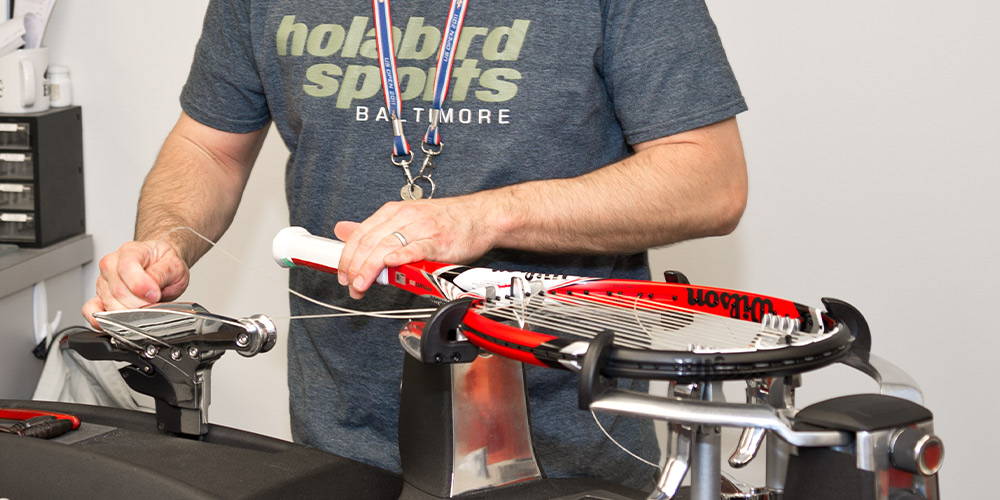
Ask the Stringer: Why are some strings so much more expensive than others?
Q: Why are some stringer so much more expensive than others?
A: There are loads of different materials and processes that can be us...
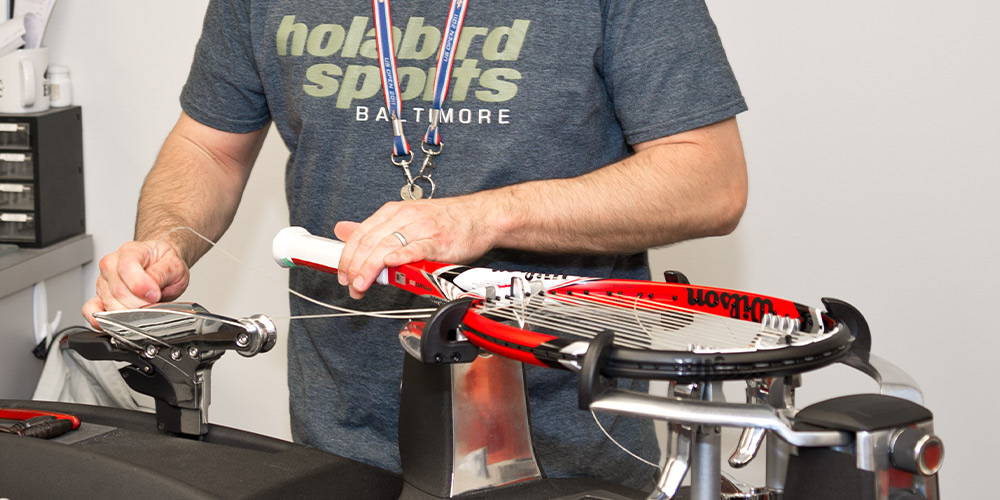
Ask the Stringer: Is Natural Gut String Really What It Sounds Like? Is It Worth the Higher Price?
Q: Is natural gut string really what it sounds like? It is worth the higher price?
A: Yes, natural gut really is what it sounds lik...
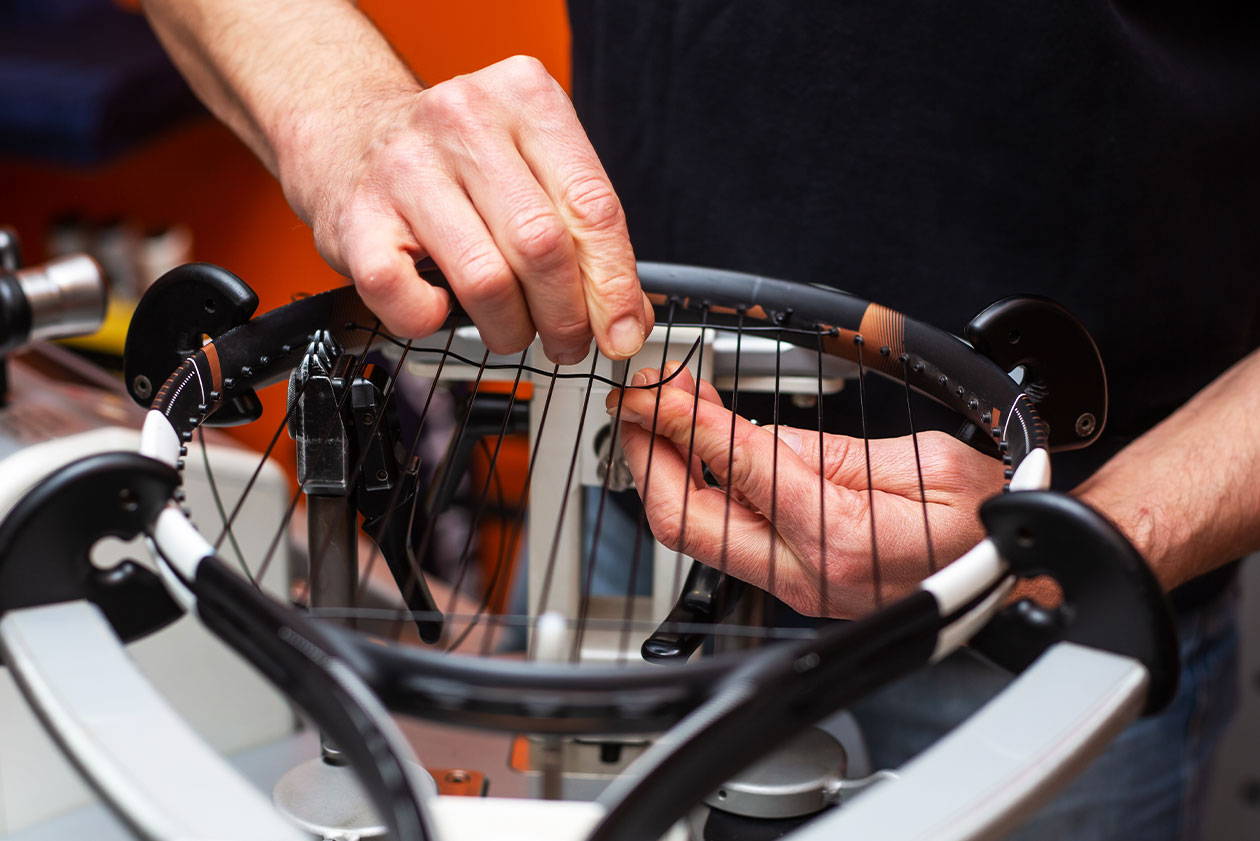
Ask the Stringer: Better String for a Top Spin Tennis Player?
Q: I am a top spin tennis player. I am using a TNT2 FUSION PLUS 19 by GAMMA. I string my racquet at 51 lbs (main) & 54 lbs (cross). Pl...

Ask the Stringer: After Breaking a String Do I Really Need to Cut Them All?
Q: After breaking a string, is it okay to leave it like that? Do I really need to cut all the strings?
A: I would absolutely recommend c...
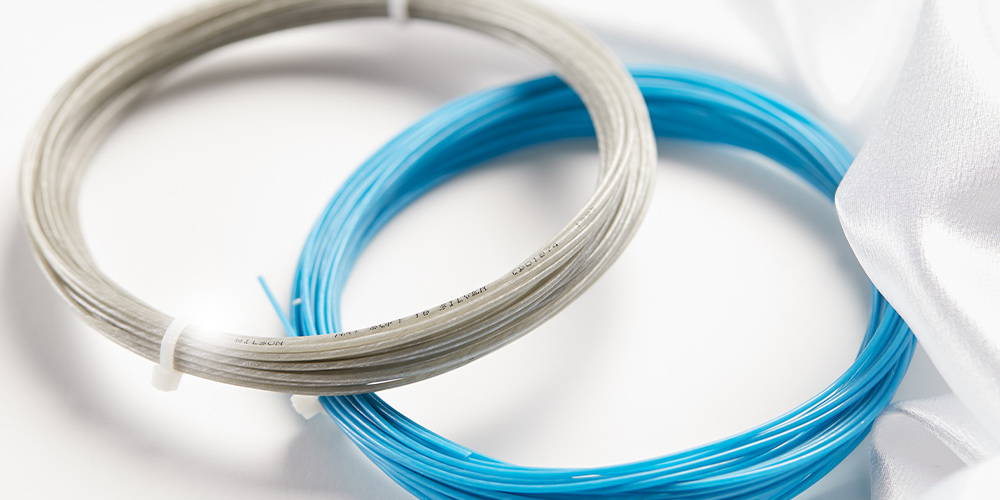
Ask the Stringer: Why isn't my favorite string available in different colors?
Q: I see other people using cool colored strings. Why isn't my favorite string available in different colors?
A: There could be sev...
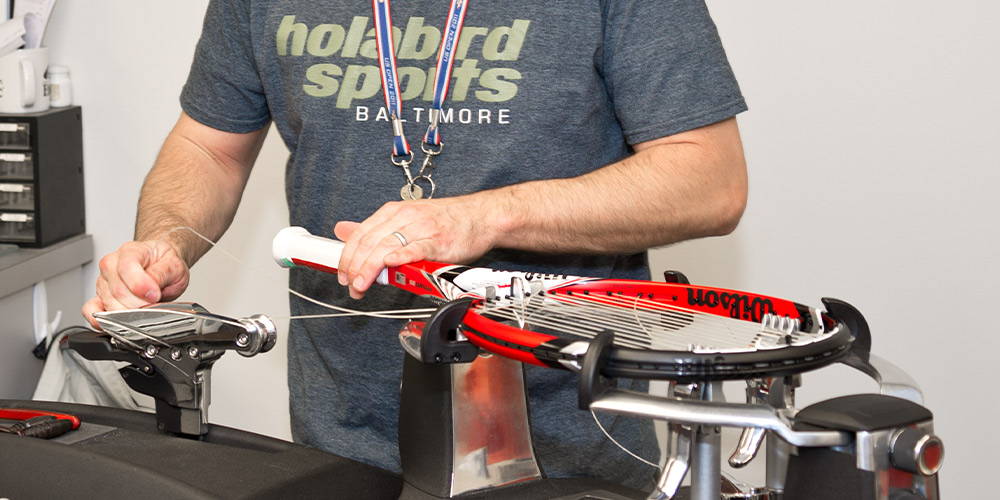
Ask the Stringer: Can I Patch My Racquet Strings?
Q: I broke a string the other day. Do I really need to have my whole racquet restrung, or can I just have that string repaired/replaced?
...
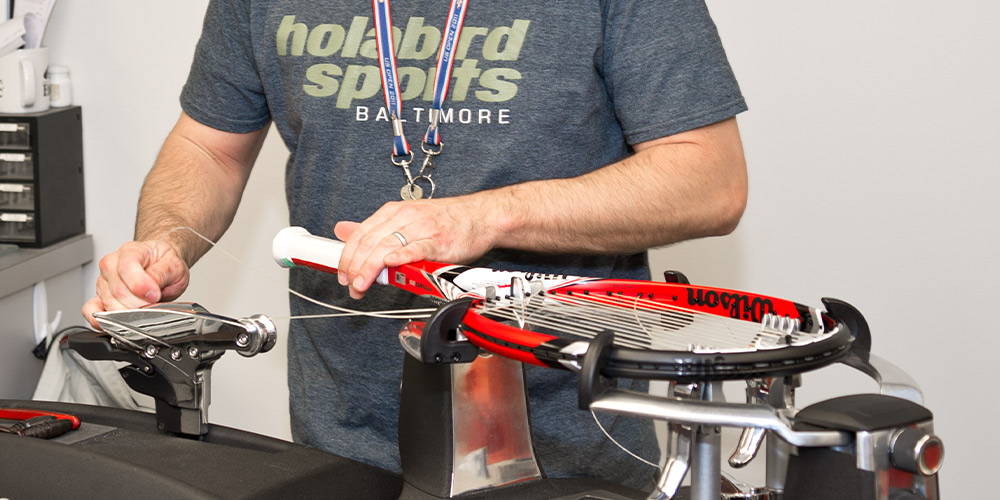
Ask the Stringer: Do Extreme Temperatures Affect My Strings?
Q: Do extreme temperature's affect my strings?
A: Yes, extreme temperatures can negatively affect both the racquet frame and the str...
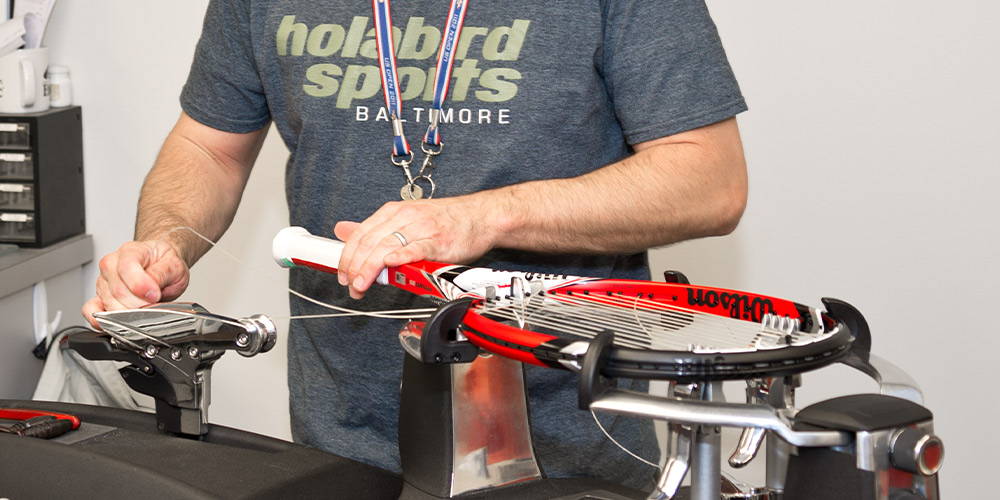
Ask the Stringer: Do You Use a Different String Based on the Weather?
Q: Do you recommend a different string/tension based on the weather?
A: Some players—and many pros—do use different tensions based ...
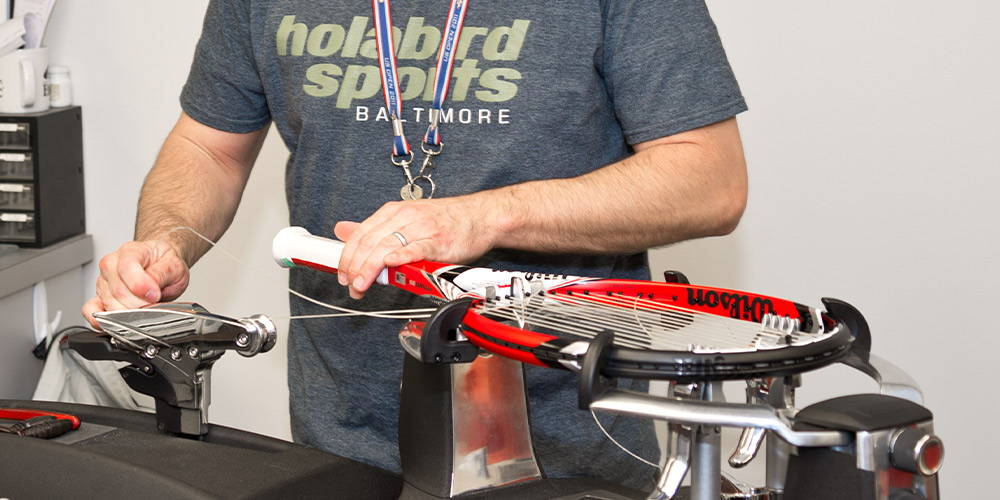
Ask the Stringer: Is There a Way to Measure Tension Loss in My Strings?
Q: Is there a way to measure tension loss in my strings?
A: There are several commercially available products that can be used to te...
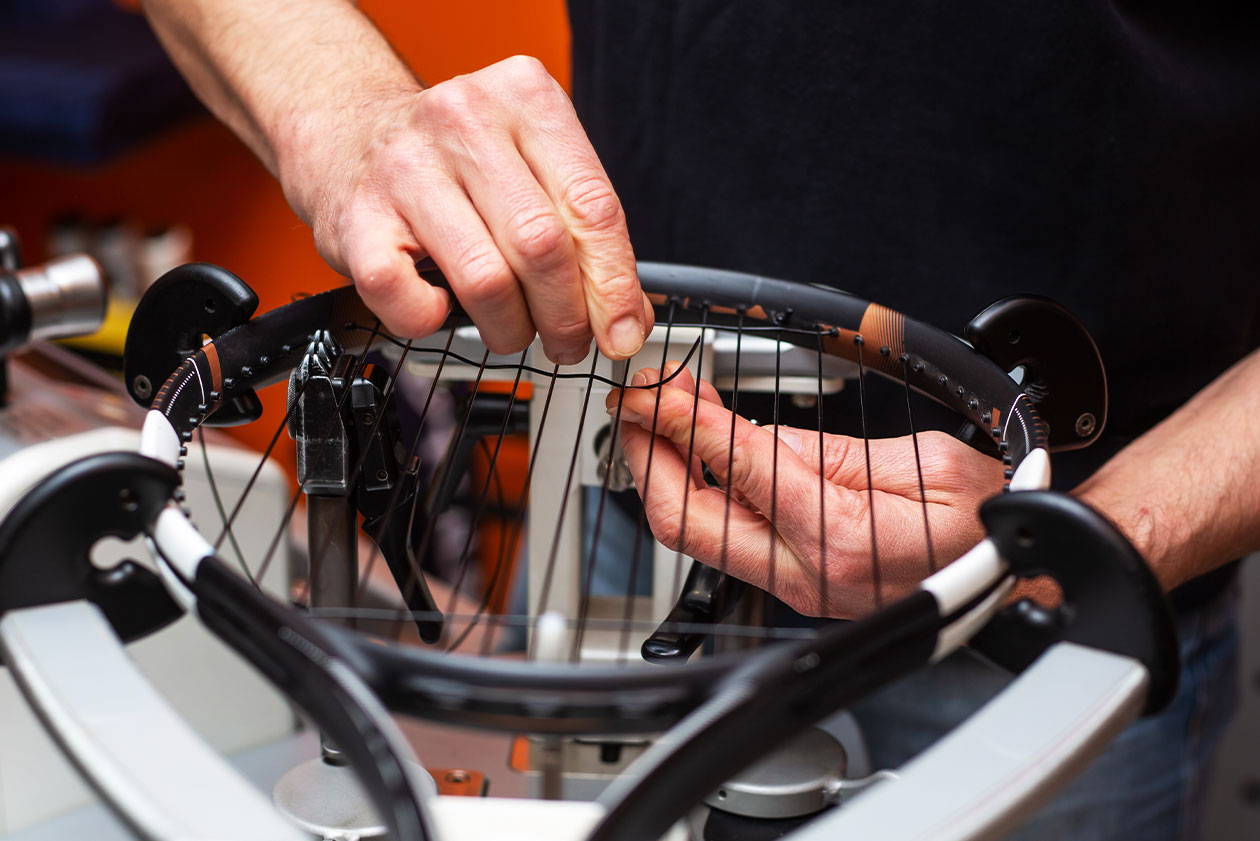
Ask the Stringer: When Should I Replace My Strings?
Q: When should I replace my strings?
A: As a general rule of thumb, you should replace your strings at least once a year, even if y...
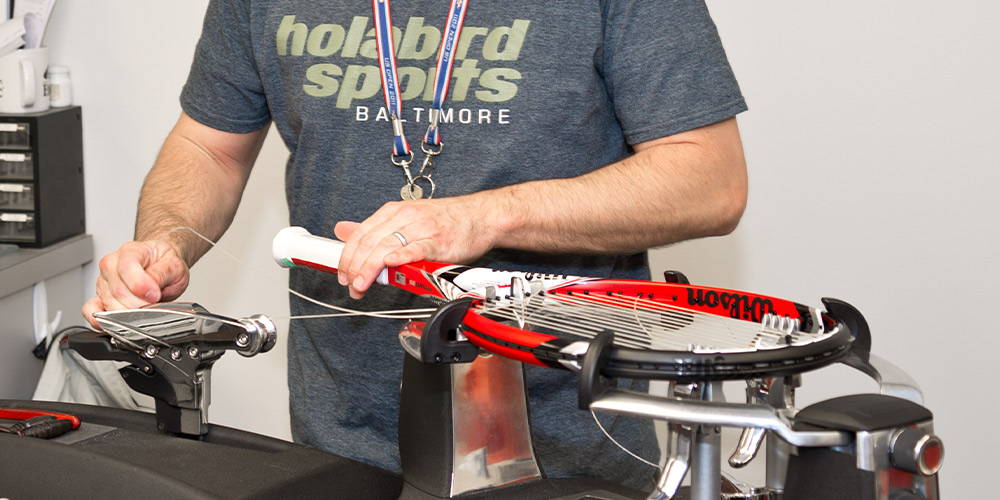
Ask the Stringer: How to Choose which String & Tension to Use
Q: How should I choose which string and tension to use?
A: Everyone is always searching for the magic string and tension that will ...
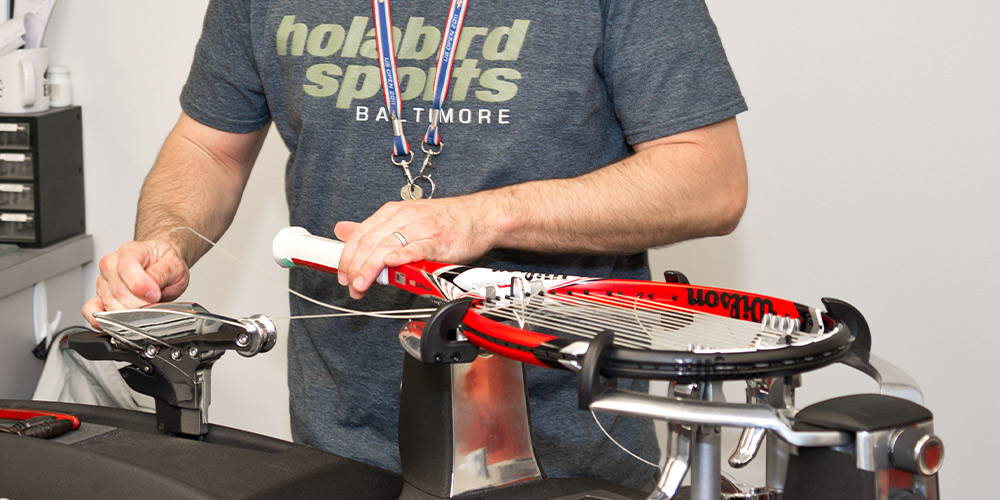
Ask the Stringer: Stringing Machines
Did you know that we employ two professional stringers, including a Master Racquet Technician? That's the highest level of achievement tha...
